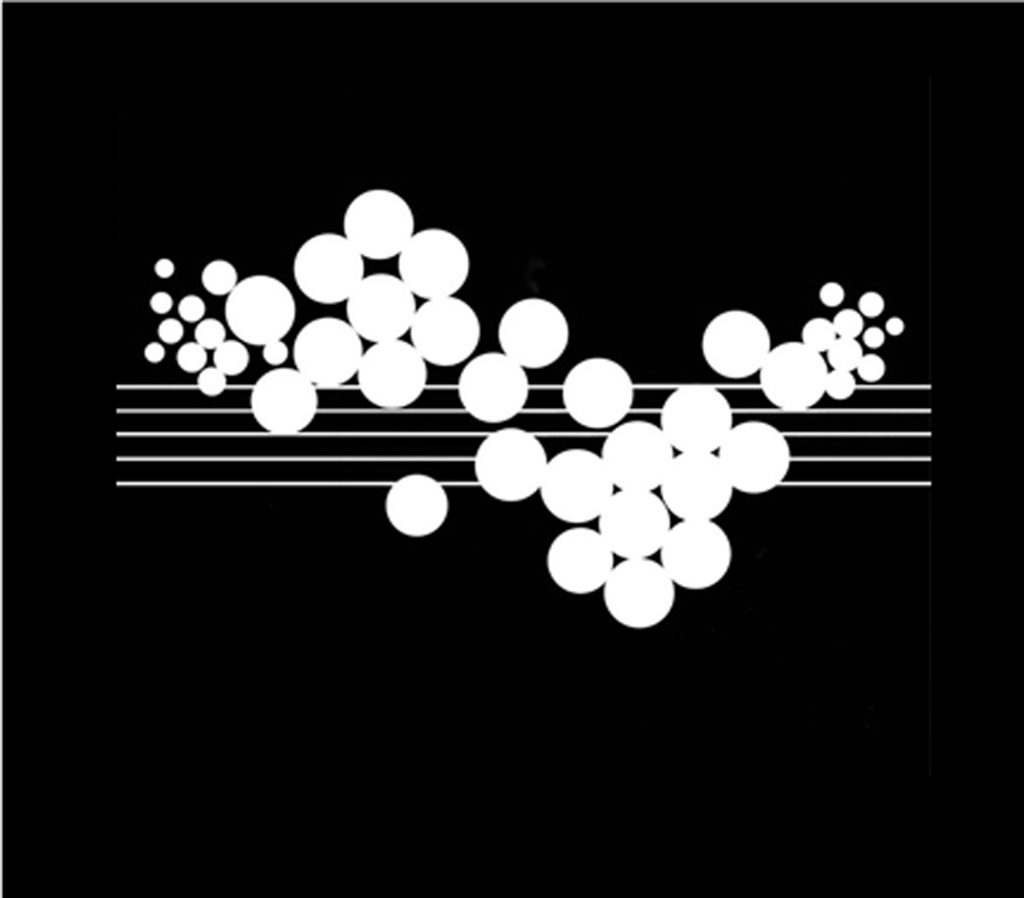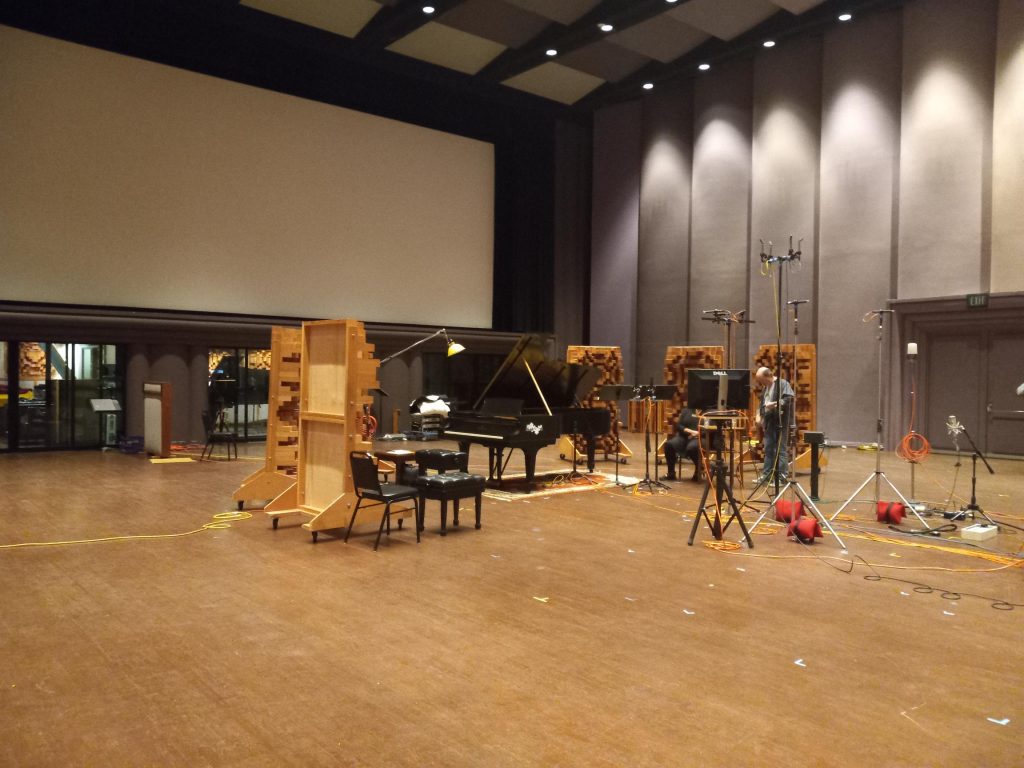Art on Piano celebrates the profound influence of piano collectors who deliberately infuse artistic elements onto existing pianos, simultaneously preserving and the piano’s origins and provenance. An Art on Piano registered instrument acquires a dual identity: one conserving its original purpose and craftsmanship as a musical instrument, and the other as tangible embodiment of conceptual art, including abstract ideas and art decals thoughtfully incorporated by the owner’s choice.
Every piano in the project receives a new name when registered. The first in the series is Art on Piano 1 Steinway & Sons 338662., the second in the series is Art on Piano 2 Steinway & Sons 156553, etc.

“Complementary Skills”: Art by Seiko Tachibana | Words by Karen Earle Lile Unveiled on Art on Piano 1 Steinway 338662 on April 16, 2022 at Treasure Island World Fair Anniversary Celebrations 1939-1922.
“Complementary Skills” was commissioned to be evocative of the inter-connectivity of the skills of artisans, artists and musicians. It was intended to inspire inclusion of all who create, preserve, add to, restore, transport and record works of the hands that last through generations. It recognizes how each skill complements the other. It captures the essence of the moments in time, during which the skills of many people create living art, music and dance bringing meaningful experience to those who listen, look and participate in a piece of music, a work of art, a building or a combination of all three simultaneously.” ~ Karen Earle Lile
The Piano Encounter Sound Art Project
The moment when a pianist begins to play a piano, there is an encounter of the pianist’s fingers on the keys and feet on the pedals that actuates the mechanisms to produce and stop the production of sound. This project captures those moments in time and space, creating spatial-temporal maps for visual artists to use in attaching sound to art. The concept of where the space, time, pianist and piano intersect, plus the actual recording itself of that encounter, is the subject of this art project. Conceptual artist Karen Earle Lile has created recording criteria to for sound engineers who are the observers of a piano encounter, so they can capture the experience, with minimal interference. Thus, no editing in the middle of a recording, no eq or riding the dial/sliders during the performance, no changes to the recorder or mixing device while the recorder is in progress. The sound recorded will include the sound of foot on pedal and dampers landing on strings with no subraction or addition of sound or sound effects from the start to end of each recording. If there are birds, planes, machinery in the environment that make noise during a recording that is used, then this is left into the recording as evidence of the space and culture that produced those sounds. The mistakes made by the pianist, the squeek of a shoe on pedal, the breathing of the pianist, are all part of the encounter. This art project not only provides evidence of art in the sound recordings selected to be included in visual art work installations, but the recordings are also a subject for ontologists, historians, scientists, birders, environmentalists and other musicians to be audio observers of a real and unaltered experience of pianist and piano at a moment in time and space.
